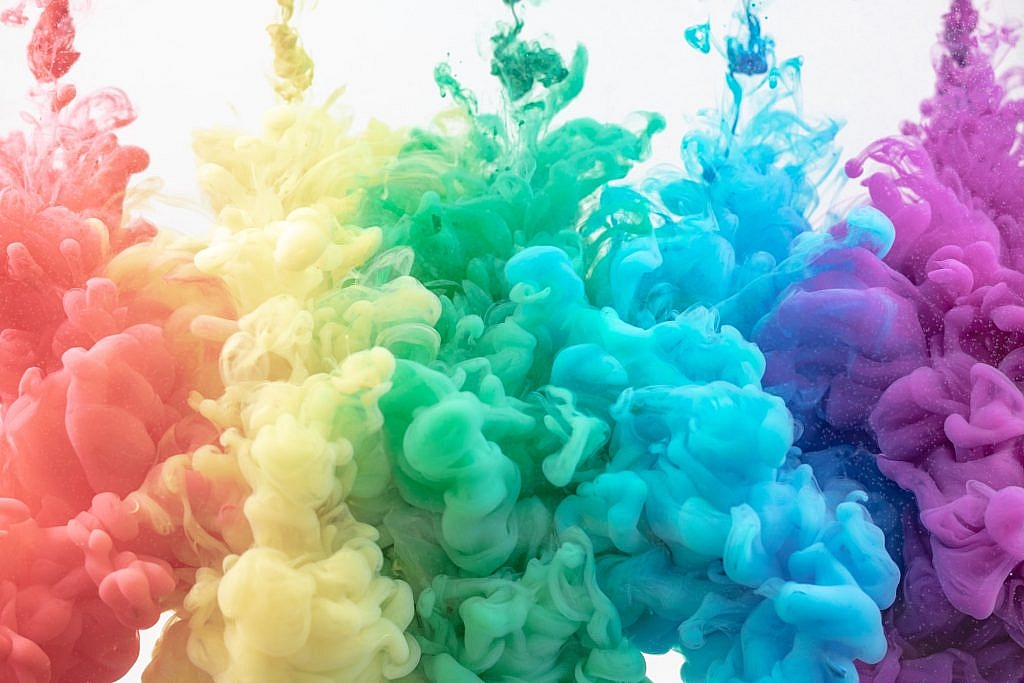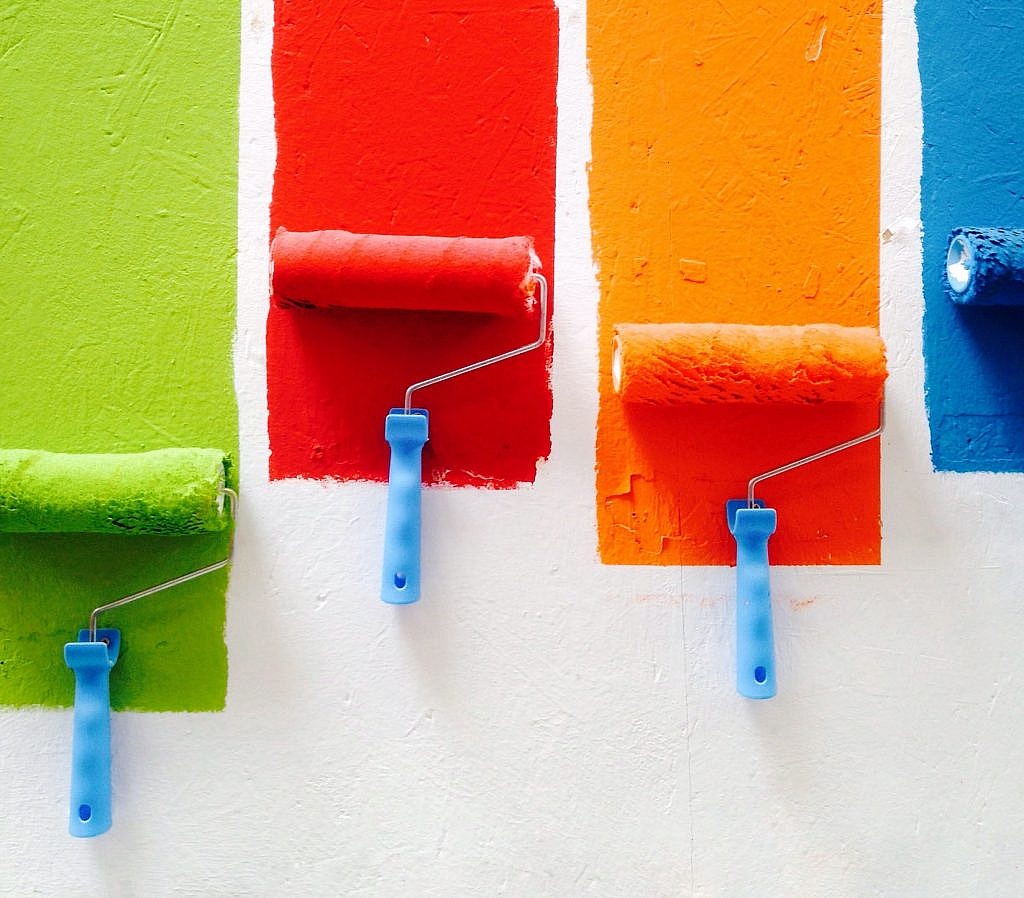How To Pick The Right Color Suited With The Brand Personality
Whether you are launching an innovative startup or starting a new business, knowing the right color dynamics on the behavior of your customers can boost the chances of success for your brand.
Most clients believe that color is the main trigger when selecting a certain product or service. In this article, we will assist you in selecting the right color for your app idea or creating a website.
What makes brand colors important
First impressions matter a great deal. This is even more for your brand, as the color you choose is the first thing the clients will see in UI/UX branding. Colors trigger feelings and emotions, and they help communicate certain information. This makes sure that the customers have a certain impression without even using your product. It thus suffices to say that brand colors are vital towards ensuring that the clients engage or not.
How then, do clients react to colors?
Different colors have the information they communicate; for instance, white means peace, red means danger, and green means nature. These colors have more meaning different from them. Understanding colors and how they get used will always be to your advantage as a brand.
Most of the brand assessment gets based on color; hence you must get your color choice right.
Golden steps to getting the right color for your brand
Incorporate branding; a lot of research has gone into the color aspect. Trying to figure out the story behind the colors can get you lost while looking for the story behind each color. Here is a quick summary to give you a fair idea about the story behind each color.

- Pink: This is a feminine color that is romantic and sentimental. Shades such as hot pink can be quite bold and youthful.
- Red: This is a color that suggests danger, energy, and excitement. The color is also regarded as the color for compassion and love.
- Orange: Orange is a color that is full of vitality and freshness. It is adventurous, creative, and is cost-effective.
- Green: This is a natural color, and it gets used for demonstrating sustainability. It can mean wealth and prestige.
- White: This color means purity, and it communicates innocence and simplicity with a minimalistic ambiance.
- Brown: This color is honest and down-to-earth, and it gets used for organic product brands.
- Black: This color is both elegant and sophisticated, and it can be luxurious and formal but can also stand for sorrow.
- Multi-colour: This signifies open-mindedness, and it shows that there is a spirit of diversity.
1. Know the essence of your brand
When handling UI UX branding, you need to identify your brand. People like Richard Branson identified his brand b before he selected the red color which Virgin uses today. This created a feeling of confidence and boldness among his clients.
The first step to real success is understanding what your brand represents and what the objectives and goals are. You also need to know how you want your target audience to feel. This knowledge will help you make the ideal choice at the end of the day.
There are three things you need to consider when you are thinking about your brand. First, you need to have brand goals, also, you need to know your personality traits, and then you have to understand the target audience.
How you want your potential customers to see you can go a long way in ensuring that you narrow down your color choice.
2. A little spying won’t hurt
Your brand color should stand out or at least be easy to recognize. Because your brand’s product will feature alongside competitors, you mustn’t look exactly like your competitors. For instance, agricultural firms are always in color green while tech companies are in blue. When your product looks the same as others, chances are that it would get ignored.
It is thus wiser that you think about what makes your brand unique. If you do not want to get lost in the crowd, try to combine the different positive points from your competitors and create something unique.
3. Create the killer brand color palette
There are different shades to every color out there, so let’s take a look at some of the shades.
Color types
- Colour Shades: This applies when black gets added to a certain color, and the shaded amount refers to the black that gets added.
- Colour Hues: This talks about the primary color variations, such as blue, red, and yellow. These colors can create other colors depending on the mixing ratio.
- Colour Tint: This represents the white version of shade, and it involves adding white to make the color lighter.
- Colour tone or saturation: This occurs when you alter the appearance of the color by adding white and black
Brand palette
The majority of brands often have at least one color. The logo may be green, but the website may come in yellow or blue. This scenario is a brand palette, and those colors must work together. Choosing the right color palate in UI UX branding can be quite challenging; you may not need a designer to do it. There are tools you can use to generate the ideal palette.
4. Where my brand should colors show
The moment you get done with the research and see your desired color and create the palette that features the colors, you will now put them to work. Ensure that your chosen color has the effect you desire, and you will get your desired result. Some of the places you need brand colors to include the instore, logo, advertising, events, and Social media.
Summary
On a final note, you must understand and embrace what each color stands for and know what your brand is all about, so you will be using the right colors. Make sure you factor in your competitors in your UI/UX branding efforts as well. Colour palettes should also get created with creativity. These are enough to help you make the right choices.
Photo by David Pisnoy on Unsplash
